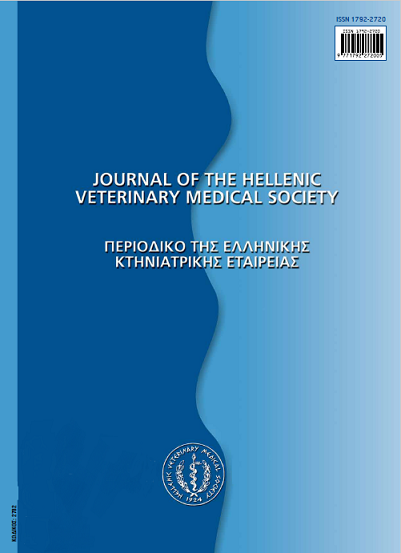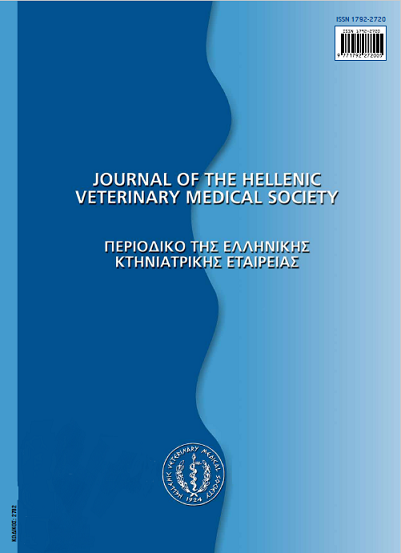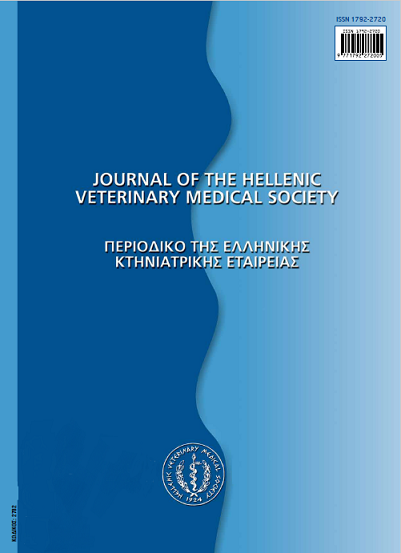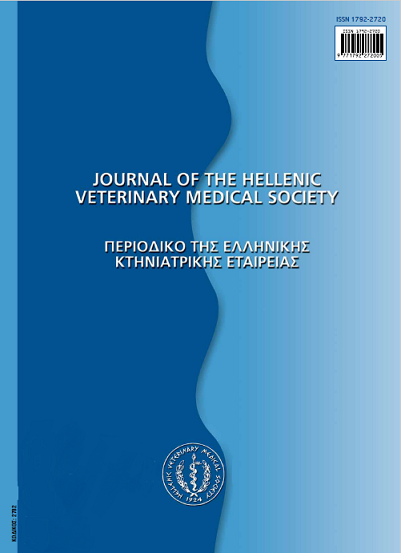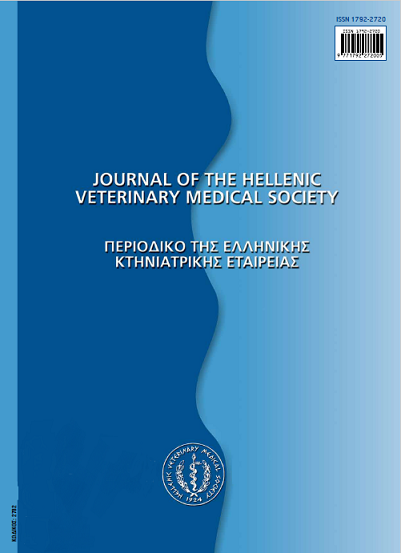Prevalence and pathology of ectoparasites of Mediterranean fish, reared under three different environmental and aquaculture conditions in Greece
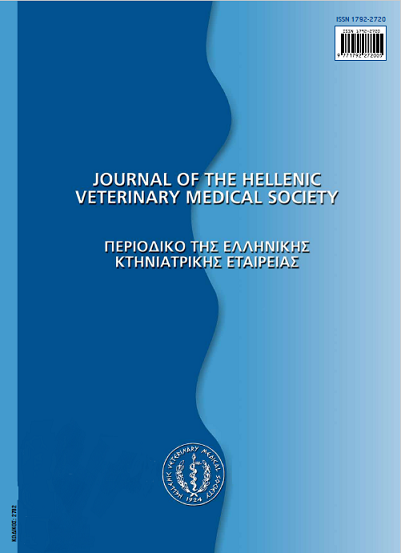
Abstract
Sea bream Spams aurata L. and sea bass Dicentrarchus labraxL. were sampled from three different locations in Greece (2 cage fish farms located in different geographic areas and a lagoon), in order to investigate the prevalence of Metazoa parasites, the intensity and the factors associated with the prevalence. In farm 1 (Eastern Greece) the prevalence of the ectoparasites was: 61.5% and 76.9% for Monogenea, 0% for Isopoda and 0% and 23% for Copepoda in sea bream and sea bass, respectively. In farm 2 the prevalence was: 13.3% and 26.3% for Monogenea, 13.7% and 20% for Isopoda and 0% and 13.6% for Copepoda in sea bream and sea bass, respectively. Lesions in the gills of Sparidae were due to monogeneans, but lesions in the skin and eyes were due to Ceratothoa oestroides larval stages causing severe pathology. Furnestinia. echeneis and Diplectanum aequans were host specific for sea bream and bass, respectively and showed persistence in all aquaculture systems. The Greek lagoon had the largest variety of parasites among the ecosystems studied, however, this variety did not significantly affect the health of infected fish. Lernanthropus kroyeri was host specific and was detected only in sea bass in both cage farms investigated.
Article Details
- How to Cite
-
VAGIANOU (ΒΑΓΙΑΝΟΥ ΣΤ) S., ATHANASSOPOULOU (Φ. ΑΘΑΝΑΣΟΠΟΥΛΟΥ) F., RAGIAS (Β ΡΑΓΙΑΣ) V., di CAVE, D., LEONTIDIS (Λ. ΛΕΟΝΤΙΔΗΣ) L., & GOLOMAZOU (Ε. ΓΚΟΛΟΜΑΖΟΥ) E. (2017). Prevalence and pathology of ectoparasites of Mediterranean fish, reared under three different environmental and aquaculture conditions in Greece. Journal of the Hellenic Veterinary Medical Society, 55(3), 203–216. https://doi.org/10.12681/jhvms.15147
- Issue
- Vol. 55 No. 3 (2004)
- Section
- Research Articles
Authors who publish with this journal agree to the following terms:
· Authors retain copyright and grant the journal right of first publication with the work simultaneously licensed under a Creative Commons Attribution Non-Commercial License that allows others to share the work with an acknowledgement of the work's authorship and initial publication in this journal.
· Authors are able to enter into separate, additional contractual arrangements for the non-exclusive distribution of the journal's published version of the work (e.g. post it to an institutional repository or publish it in a book), with an acknowledgement of its initial publication in this journal.
· Authors are permitted and encouraged to post their work online (preferably in institutional repositories or on their website) prior to and during the submission process, as it can lead to productive exchanges, as well as earlier and greater citation of published work.



